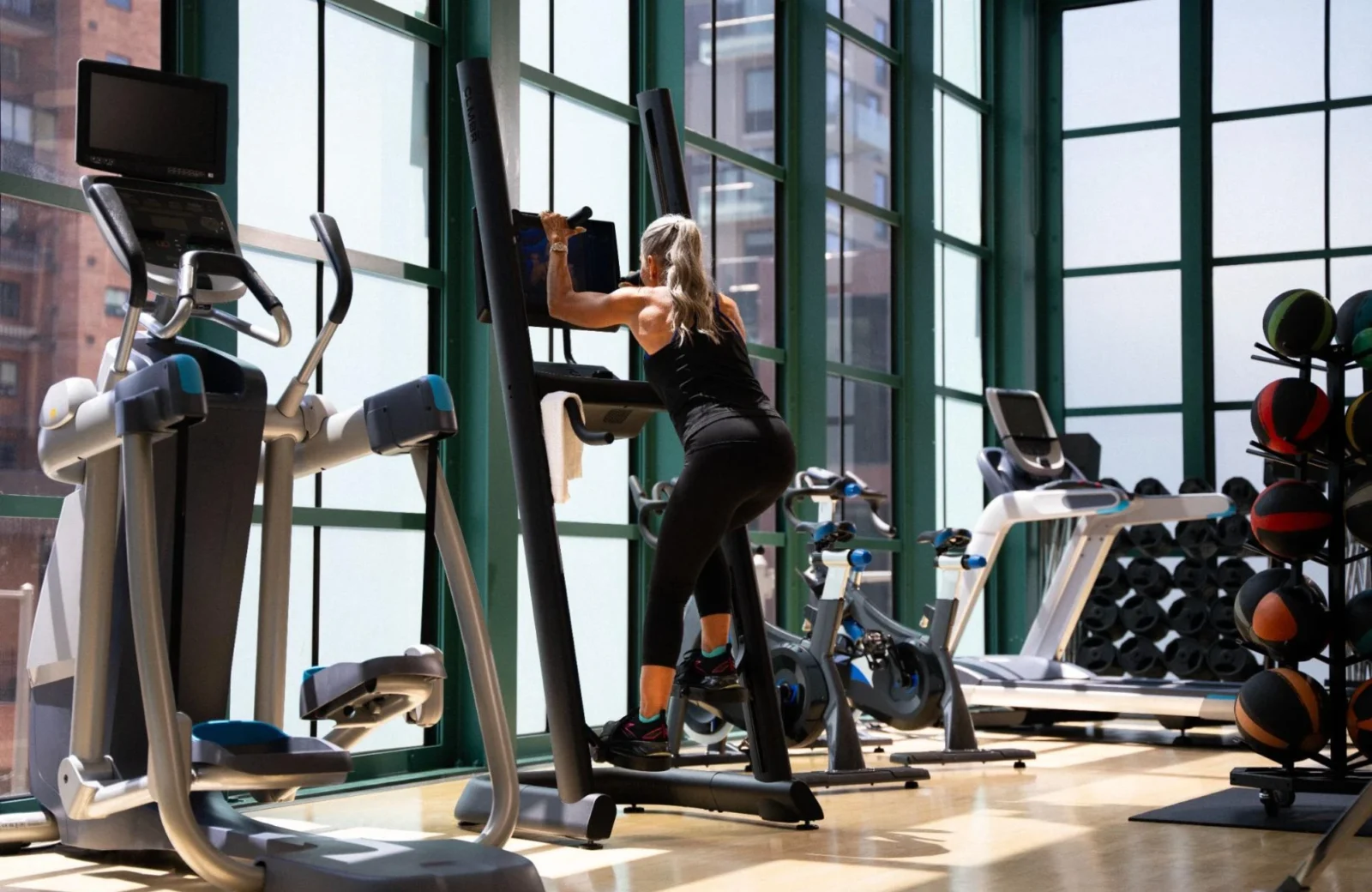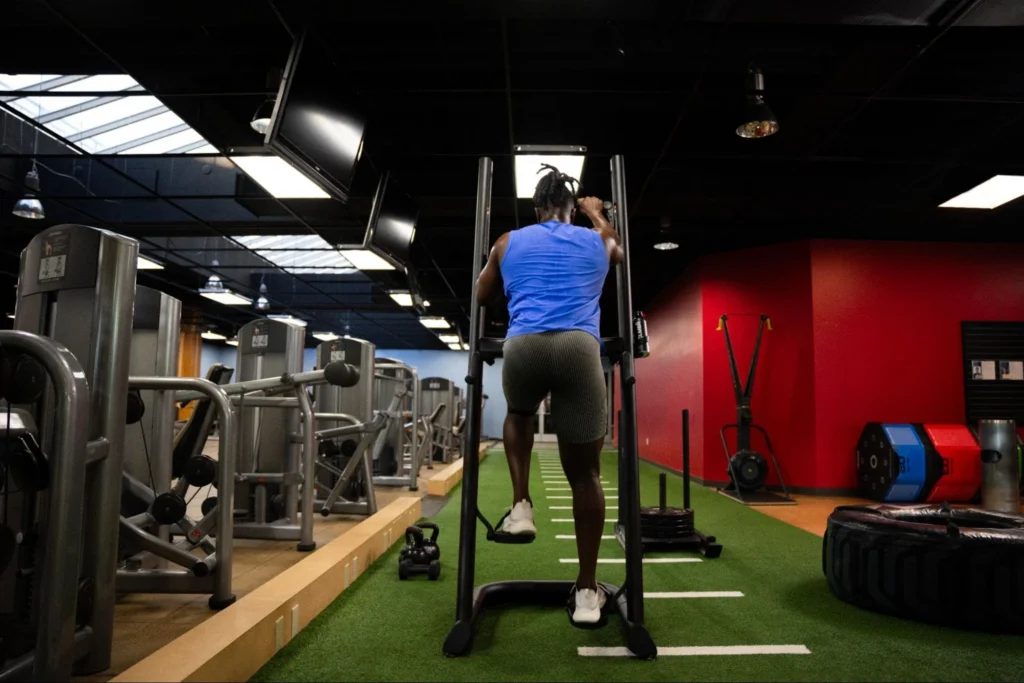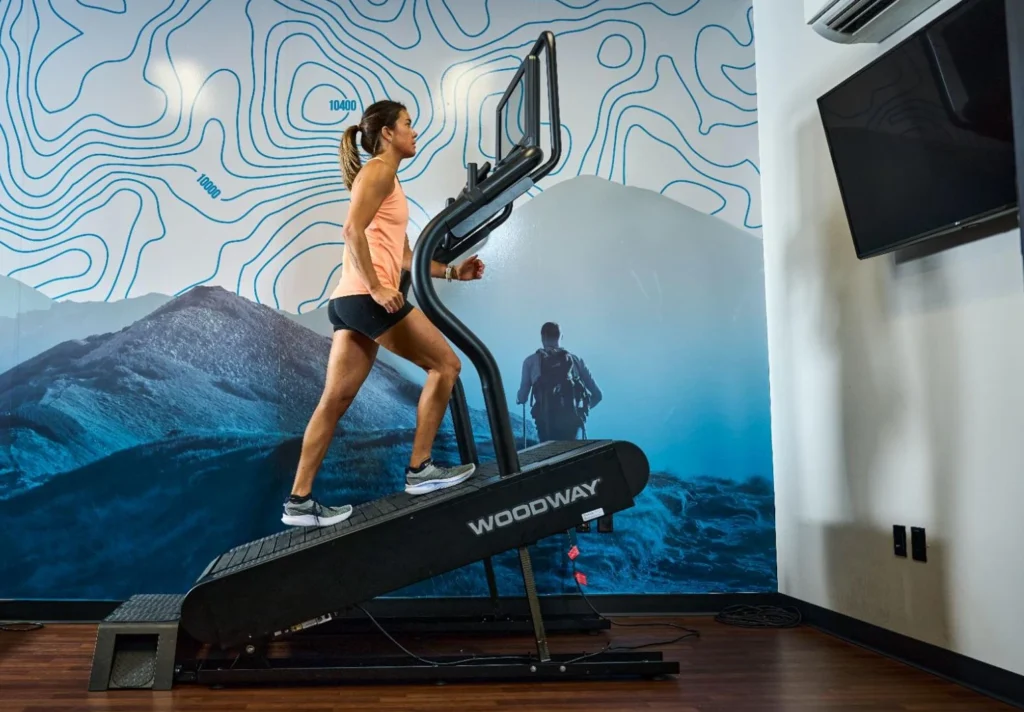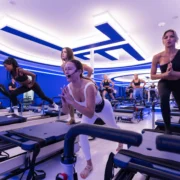Glute Training Goes Mainstream: Is Your Club Ready?
Partnership
Sponsored By CLMBR | Woodway

Once a niche focus, glute workouts are now recognized for their role in performance and injury prevention — here’s how to capitalize
A new trend is climbing its way to the top in fitness, reshaping the way people train, perform and prevent injuries. While we’ve seen targeted muscle group training trends come and go, this one seems to have staying power. Once viewed primarily through an aesthetic lens (because let’s be honest, who doesn’t appreciate a well-defined posterior?), glute training is now being widely recognized for its critical role in functional strength, athletic performance and injury prevention.
As demand surges, commercial gym operators have a major opportunity to capitalize by integrating specialized training options and investing in equipment that delivers results. But with a vast array of equipment available, how can gyms determine which is the best fit?
Woodway has an answer: CLMBR, a climbing machine unlike any other, uniquely positioned to support this growing trend plus total-body training.
“The demand for glute training has grown from a niche focus to a mainstream fitness priority, with leading fitness facilities dedicating specific zones and programming to it,” says Eric Weber, Woodway’s Director of Sales and Marketing. “For commercial gym operators, this presents a major advantage — not just in attracting new members, but in keeping them engaged through innovative and fresh training options.”

Why CLMBR? A Smarter Approach to Glute Training
CLMBR is not just another stair climber. Not by a long shot.
First, unlike traditional stair climbers, CLMBR is uniquely designed to facilitate a natural climbing motion, keeping all the lower body muscles engaged throughout the entire workout.
“Many machines focus on quads only or rely on static movements,” explains Weber. “CLMBR is different. Its vertical climbing motion simulates real-world athletic performance while driving full lower-body engagement.”
Next, CLMBR allows users to work in a full body position, using the handles and pedals simultaneously, or in a squat position, driving with the legs only through the pedals while holding onto the machine’s crossbar.
“The squat position delivers an intense, targeted glute burn that is hard to replicate on other machines,” says Weber.
CLMBR also offers adjustable resistance levels, allowing users to completely customize their workouts while offering scalability for all fitness levels.
Beyond the design, CLMBR Connected offers a digital experience, with fully guided workouts and features like real-time performance tracking and leaderboards.
“Instructor-led, glute-specific workouts on CLMBR provide structured programming, while real-time tracking, interactive leaderboards and hundreds of other guided training sessions create an immersive environment to enhance motivation and foster long-term engagement,” says Weber.
CLMBR is also designed with injury prevention in mind. Its ergonomic movement pattern reduces stress on the hips and knees, making it a joint-friendly option for all users including those recovering from injuries.
“It’s the best of all worlds,” Weber notes. “You’re getting intense glute activation while also benefiting from cardio and full-body strength training in a way that’s both safe and accessible.”

CLMBR in Group Fitness: A Game-Changer
Another interesting trend? CLMBR is reinvigorating group fitness.
With energetic, scalable classes that facilitate both strength training and cardio, gyms are integrating CLMBR into group training formats that appeal to all fitness levels.
“Group climbing brings a fresh, results-driven alternative to traditional group fitness formats,” says Weber.
Facilities introducing CLMBR-based classes have seen a significant uptick in participation and engagement, particularly among members looking for a new challenge beyond cycling and other traditional group classes.
And the CLMBR truly is for everyone. In the name of innovation and inclusivity, Woodway recently launched the CLMBR XL, specifically designed for athletes over 6’4”. With an extended frame and adjustable handholds, this model ensures a comfortable and effective workout for taller users.
“This was developed in direct response to a gap in the market,” says Weber. “We wanted to ensure facilities can provide an optimized training experience for all members, regardless of height.”

Beyond CLMBR: The Woodway Ridgerunner
While CLMBR is redefining glute training in gyms, Woodway offers another standout solution: the Ridgerunner treadmill. Unlike traditional treadmills that focus solely on cardio training, the Woodway Ridgerunner offers an element of strength, requiring users to actively drive the belt forward.
Its unique 3N1 mode offers users the option to turn the unit into a resisted trekking machine that replicates uphill hiking which Weber says, “forces the users to engage their posterior chain more effectively.”
What’s more, incorporating incline sprints, resisted sled pushes, and walking lunges on the Ridgerunner can further amplify glute activation while also building endurance and lower-body power.
The Future of Glute Training & Functional Fitness
Looking ahead, Weber says glute and core strength will remain a fundamental focus in fitness, and innovation will continue around it.
What does this look like for Woodway?
“The next evolution will likely involve greater personalization through AI-driven programming, where users receive customized workout recommendations based on biomechanics and real-time performance data.”
He also sees more gamification and virtual training experiences that allow gyms to integrate this type of training into interactive, community-driven fitness experiences.
“For commercial fitness operators, staying ahead of these trends by investing in cutting-edge equipment and digital solutions will be key to maintaining a competitive edge and meeting member expectations,” he says.



